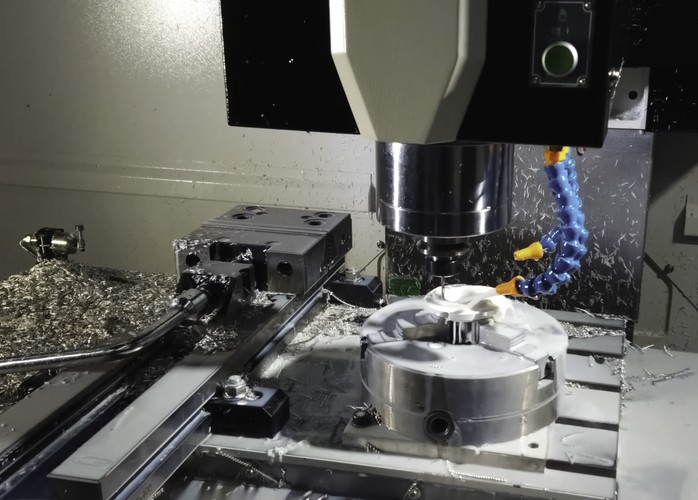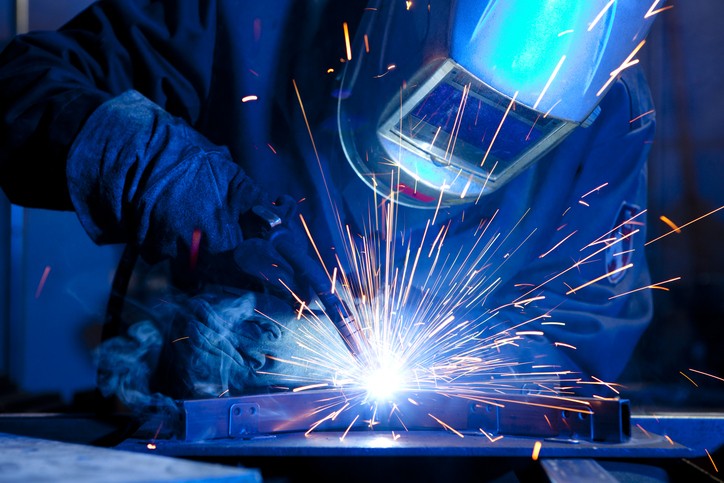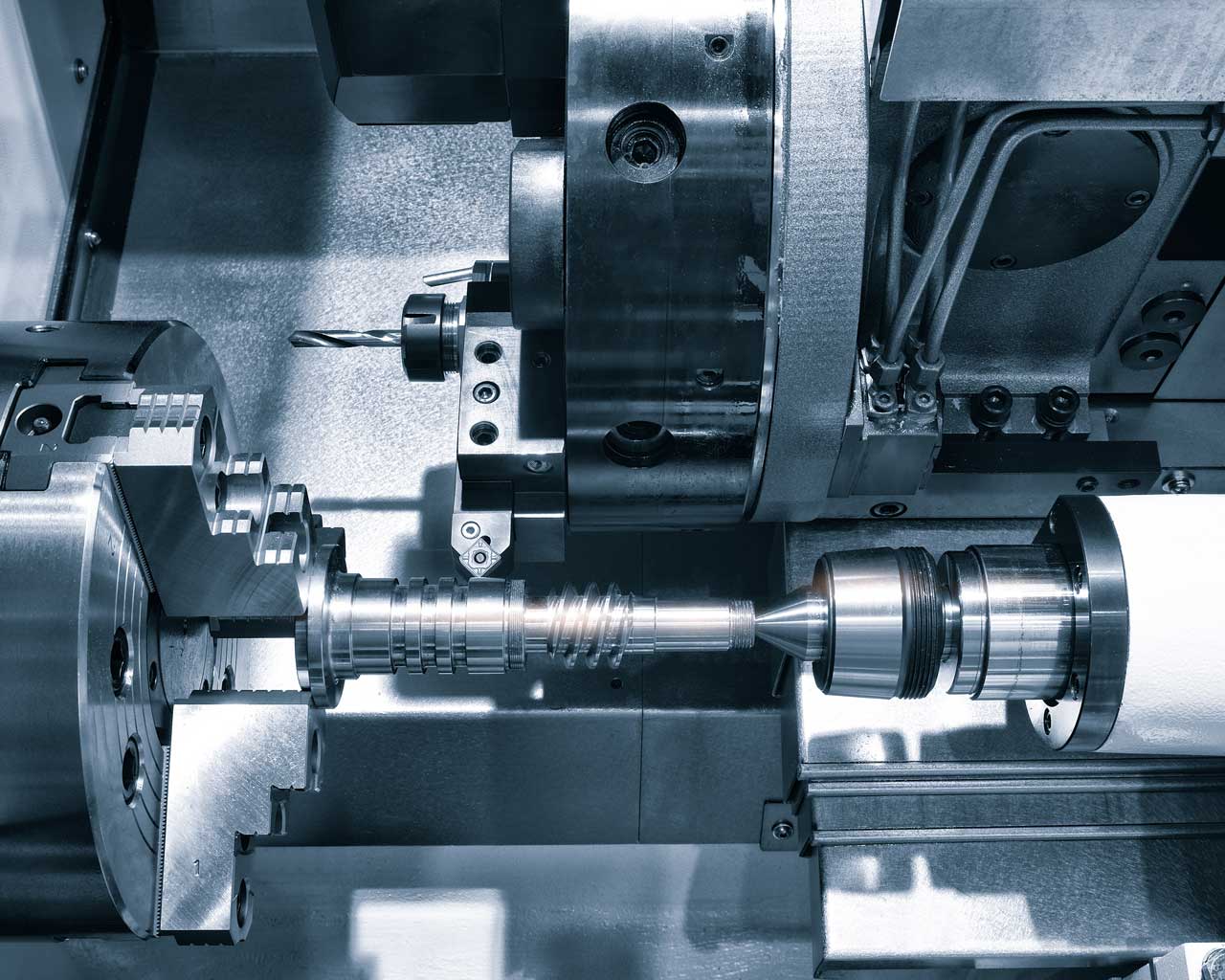Key Takeaways
- Brass CNC milling delivers superior machinability with speeds of 200-400 SFM and aggressive feed rates up to 0.015 IPR.
- C360 free-cutting brass provides optimal results for precision applications requiring excellent surface finishes.
- Proper parameter selection and sharp HSS tools maximize efficiency while maintaining dimensional accuracy.
Your brass component choice determines whether your project succeeds or fails spectacularly. Most engineers know brass machines well, but they miss the nuanced decisions that separate adequate results from exceptional performance in mission-critical applications. When aerospace systems demand electrical conductivity combined with mechanical precision, or when defense applications require components that perform flawlessly under extreme conditions, your brass CNC milling strategy becomes a critical engineering decision.
Brass milling earned its reputation through measurable advantages. The material ranks among the easiest materials to machine due to its exceptional machinability, good ductility, and high feed rate capabilities. This combination translates directly to your production efficiency.
You can run higher speeds, achieve better surface finishes, and maintain tighter tolerances with less tool wear compared to harder alloys. The material’s natural lubricity reduces friction during cutting operations, extending tool life and improving dimensional accuracy.
But machinability represents just the starting point. Brass offers unique properties that make it indispensable for specific applications. Its excellent electrical conductivity makes it ideal for aerospace and defense applications requiring reliable electrical connectivity in complex systems.
Selecting the Right Brass Alloy for CNC Milling
Your alloy choice determines everything that follows in your brass CNC milling operations.
C360 free-cutting brass stands out as the machinist’s preferred option. With approximately 3% lead content, this alloy delivers exceptional machinability while maintaining good mechanical properties. The lead acts as a natural lubricant during cutting operations, creating the clean chips and smooth surface finishes that precision work demands.
C360 also offers another critical advantage for integrated manufacturing processes. The alloy’s composition makes it ideal for soldering and brazing operations, including aluminum dip brazing processes when creating multi-material assemblies. This compatibility becomes particularly valuable when producing complex assemblies that require both precision machining and reliable metallurgical bonds.
For applications requiring higher strength, C464 naval brass provides enhanced mechanical properties with good machinability. When electrical conductivity takes priority, C101 oxygen-free copper offers maximum conductivity while remaining suitable for brass CNC milling, though it requires more careful parameter selection.
Optimizing Machining Parameters for Brass CNC Milling
Your parameter selection determines surface quality and dimensional accuracy in brass CNC milling operations.
Start with cutting speeds between 200 and 400 surface feet per minute for most brass alloys. The material’s excellent thermal conductivity allows these higher speeds without excessive heat buildup that could affect dimensional stability.
Feed rates can be aggressive compared to harder materials. Begin with 0.005-0.015 inches per revolution for turning operations, adjusting based on your specific surface finish requirements and tool geometry.
Advanced Milling Techniques
5-axis milling capabilities become particularly valuable when machining complex brass components with intricate geometries. The additional axes allow for better tool access and reduced setup times, maximizing the efficiency advantages that brass naturally provides.
The depth of cut becomes more flexible with brass. You can take heavier cuts without the chatter issues common with harder alloys. Start with 0.050-0.200 inches depth of cut for roughing operations, then reduce to 0.010-0.030 inches for finishing passes.
Tool selection significantly impacts results. Sharp, positive rake angle tools work best with brass. High-speed steel tools often outperform carbide for brass applications due to the material’s relatively low hardness and the sharp edges HSS tools maintain.
Surface Finishing and Quality Control
Brass’s natural properties create unique finishing opportunities in brass CNC milling operations.
The material machines to excellent surface finishes directly from cutting operations. With proper parameters and sharp tools, you can achieve Ra values of 32 microinches or better without secondary finishing operations.
When enhanced appearance or specific surface properties are required, brass responds well to various finishing processes. Polishing brings out brass’s natural luster and can achieve mirror-like finishes for decorative applications. Brushing creates attractive satin finishes that hide minor surface imperfections while maintaining the material’s inherent appeal.
Application-Specific Best Practices
Different industries demand different approaches to brass CNC milling.
Aerospace applications require strict adherence to material traceability and certification requirements. Document your brass source, heat treatment history, and mechanical properties testing. Many aerospace specifications require specific brass alloys with certified chemical compositions and mechanical properties.
Defense applications often emphasize reliability under extreme conditions. Focus on stress-relieving operations after machining to prevent dimensional changes during service. Consider the operating environment when selecting alloys and finishing processes.
Manufacturing Process Integration
Understanding welding vs. fabrication becomes crucial when brass CNC milling integrates with other manufacturing processes. While welding involves joining metals through fusion, fabrication encompasses the complete manufacturing process including cutting, forming, and assembly operations.
For custom chassis fabrication projects, brass CNC milling often provides critical electrical connectivity components that must integrate seamlessly with other manufacturing processes. The material’s excellent conductivity and machinability make it ideal for these applications.
Troubleshooting Common Issues
Even with proper parameters, brass CNC milling can present challenges.
Built-up edge formation occurs when cutting speeds are too low or tools become dull. Increase cutting speed or replace tools to eliminate this issue. Built-up edge creates a poor surface finish and dimensional inaccuracy.
Chatter can develop with improper setup or worn machine components. Brass’s relatively soft nature usually prevents chatter, but inadequate work holding or excessive tool overhang can cause problems.
Dimensional variations often result from inconsistent work-holding pressure or thermal effects. Establish consistent clamping procedures and allow adequate cooldown time between operations.
Partner with CNC Machining Experts
Ready to optimize your brass CNC milling operations? Our precision machining specialists have decades of experience delivering exceptional results for aerospace, defense, and industrial applications. We understand the nuanced requirements that separate adequate components from mission-critical performance.





